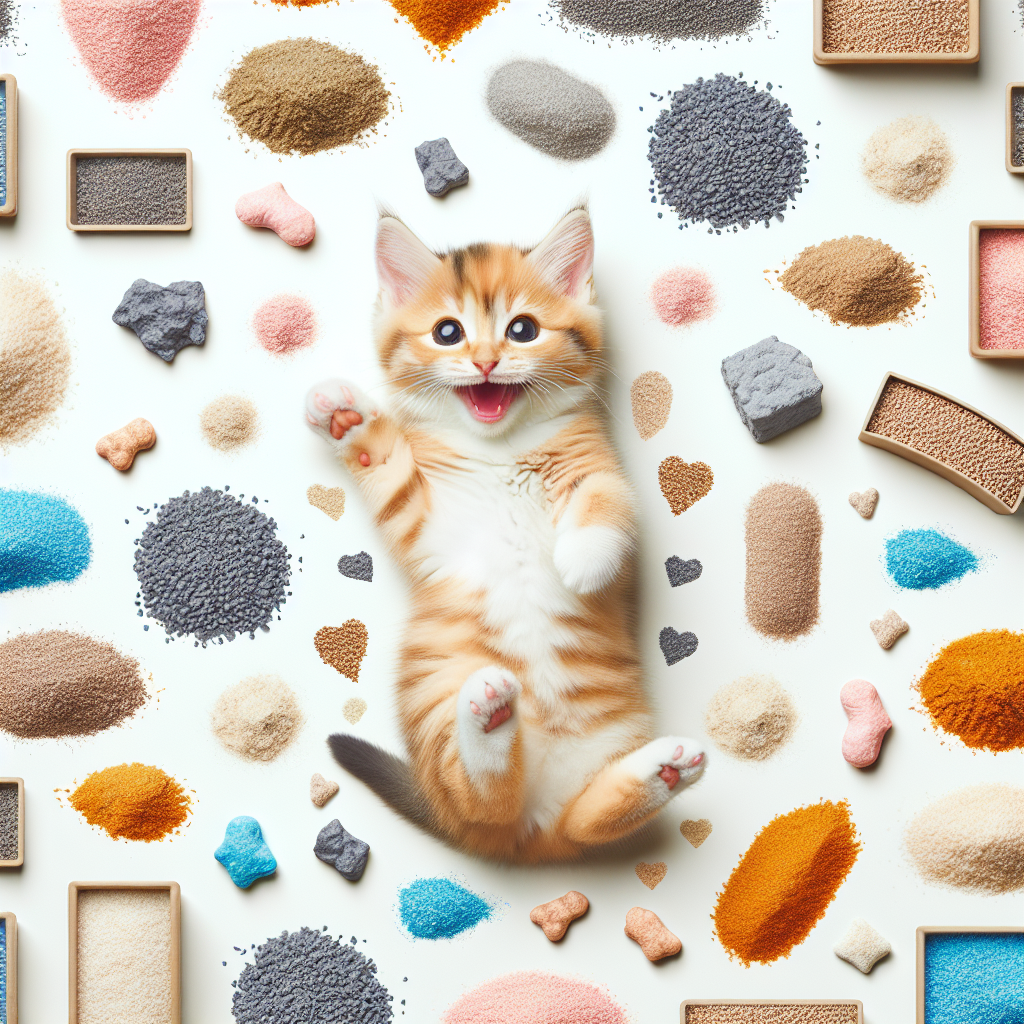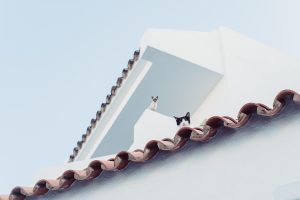
Introduction
Choosing the perfect cat litter for your kitten is an essential aspect of ensuring their health and happiness. With a myriad of options available in the market, it can be overwhelming for both new and experienced cat owners to find the best choice. In this article, we will delve into the various types of cat litter, their pros and cons, and offer valuable insights and practical advice to help you make an informed decision for your furry companion.
Understanding the Importance of Cat Litter
Cat litter is more than just a convenience for cat owners; it plays a crucial role in your kitten’s overall health and well-being. The right litter can help prevent health issues, encourage proper litter box usage, and even affect your kitten’s behavior. Additionally, it contributes to the cleanliness of your home and can impact the environment. Therefore, understanding the different types of cat litter and their implications is vital in making the right choice for your kitten.
Types of Cat Litter
There are several types of cat litter available, each with unique characteristics, benefits, and drawbacks. Here, we will discuss the most common types to help you understand the options available:
- Clay-Based Litter: The most traditional and widely used type, clay-based litter is known for its excellent absorbency and clumping ability. However, it can be dusty and may not be environmentally friendly.
- Silica Gel Litter: Made from tiny silica crystals, this type of litter is highly absorbent and controls odors effectively. It is dust-free but can be more expensive and may not suit all kittens.
- Biodegradable Litter: Made from natural materials like corn, wheat, pine, or recycled paper, biodegradable litter is an eco-friendly choice. It is safe for kittens, but it may not clump as well as other types.
- Non-Clumping Litter: Typically made from clay or other natural materials, non-clumping litter absorbs moisture without forming clumps. It is often less expensive, but it requires more frequent changing.
Factors to Consider When Choosing Cat Litter
When selecting cat litter for your kitten, consider the following factors to ensure you make the best choice for both your pet and your home:
- Absorbency: Choose a litter that effectively absorbs moisture and controls odors, ensuring your kitten’s litter box remains clean and fresh.
- Dust Levels: Kittens are sensitive to dust, which can cause respiratory issues. Opt for a low-dust or dust-free litter to protect your kitten’s health.
- Clumping Ability: Clumping litter can make cleaning the litter box easier and more efficient. However, non-clumping options may be more suitable for young kittens.
- Scent: While scented litter can help mask odors, it may irritate your kitten’s sensitive nose. Consider unscented or lightly scented options.
- Environmental Impact: Biodegradable litter is a more sustainable choice for environmentally conscious cat owners.
- Price: Consider your budget when selecting litter, as some types can be more expensive than others.
Tips for Introducing Your Kitten to a New Litter
Transitioning your kitten to a new type of litter can be a delicate process. Follow these tips to ensure a smooth transition:
- Gradual Transition: Mix a small amount of the new litter with the old litter, gradually increasing the quantity over a week or two to help your kitten acclimate.
- Observe Your Kitten: Monitor your kitten’s behavior and litter box habits during the transition. If they seem hesitant or avoid the box, consider trying a different type of litter.
- Maintain Cleanliness: Keep the litter box clean and free of waste to encourage your kitten to use it regularly.
- Provide Multiple Boxes: If possible, offer multiple litter boxes with different types of litter to let your kitten choose their preference.
Common Litter Box Issues and Solutions
Even with the perfect litter, you may encounter some common litter box issues. Here are a few potential problems and their solutions:
- Refusal to Use the Litter Box: If your kitten avoids the litter box, it could be due to the litter type, box cleanliness, or location. Experiment with different litter types, ensure the box is clean, and place it in a quiet, easily accessible area.
- Litter Tracking: Litter tracking can be minimized by using a litter mat or choosing a litter with larger granules. Regularly sweeping around the litter box area can also help.
- Odor Control: Odor can be controlled by choosing a litter with effective odor control properties, regularly scooping waste, and cleaning the litter box thoroughly.
Conclusion
Choosing the perfect cat litter for your kitten is a vital step in ensuring their health and happiness. By understanding the different types of cat litter and considering factors such as absorbency, dust levels, clumping ability, scent, environmental impact, and price, you can make an informed decision that benefits both your kitten and your home. Remember to introduce new litter gradually, address any litter box issues promptly, and prioritize your kitten’s comfort and well-being at all times. With the right litter, your kitten will enjoy a clean, safe, and inviting environment, contributing to their overall health and happiness.
#ChatGPT assisted in the creation of this article.








